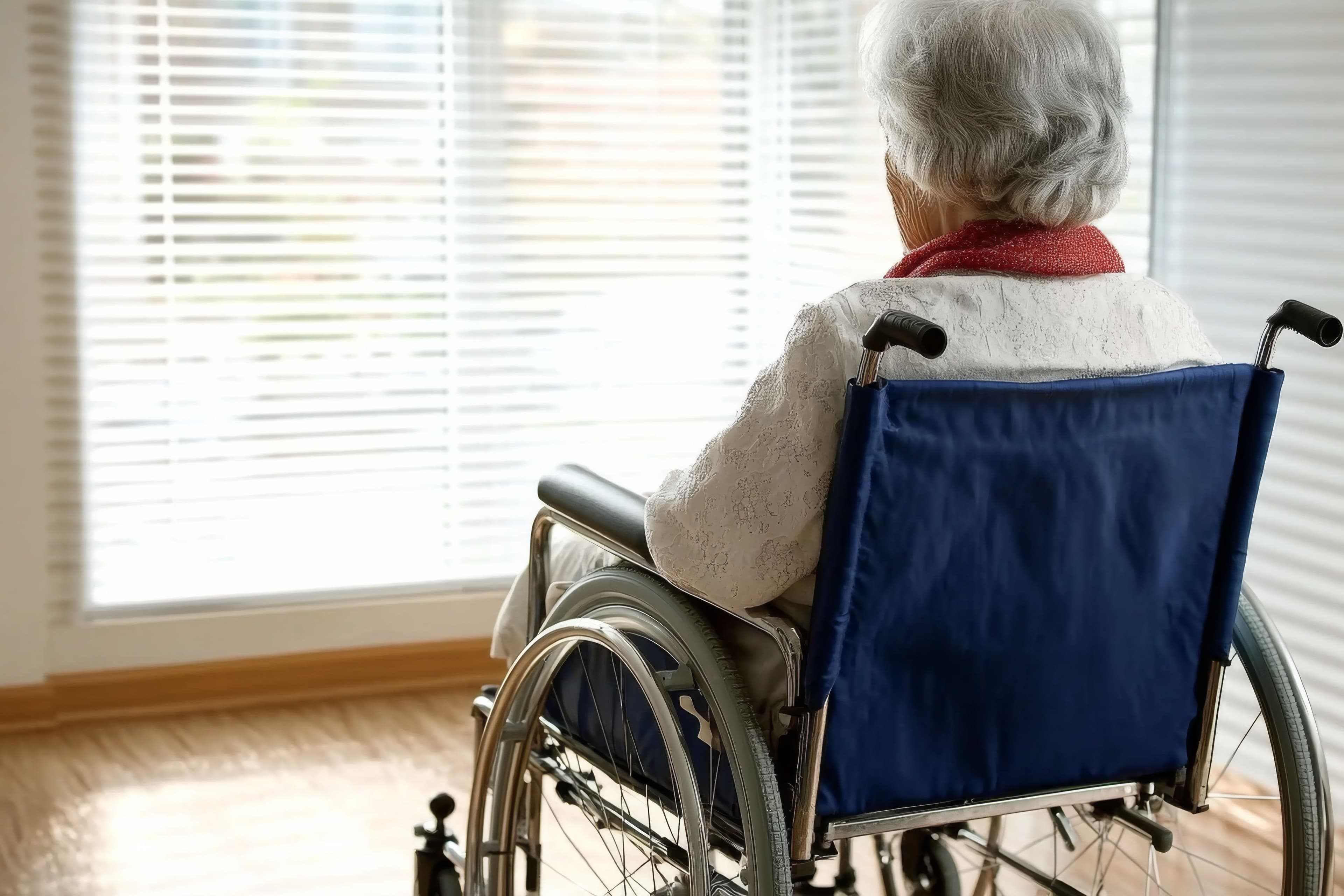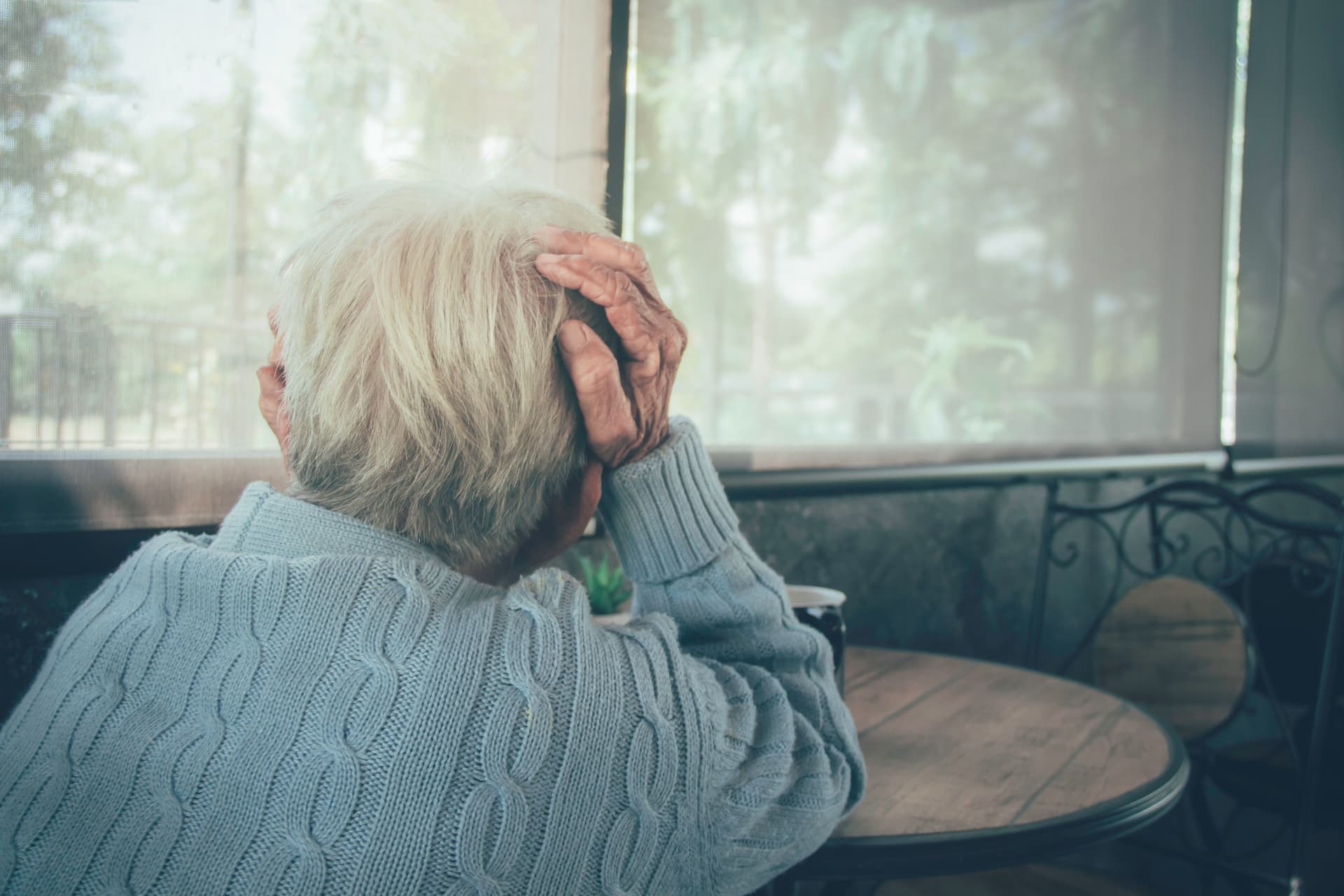
Nursing home abuse and neglect put vulnerable residents at serious risk, leading to malnutrition, dehydration, infections, and preventable injuries. When facilities fail to provide adequate care, residents suffer, and families are left feeling helpless. Lack of supervision, improper medical treatment, and unsafe conditions can result in devastating harm. Understanding the warning signs, knowing your legal rights, and holding negligent facilities accountable are crucial steps in protecting your loved ones. Learn how to take action and seek justice.
October 24, 2025
3 min
When families entrust an elderly loved one to a nursing home, they expect care, compassion, and security. Yet many are shocked to learn that abuse in nursing homes isn’t always committed by staff members. Increasingly, residents are harming other residents, leading to physical injuries, emotional trauma, and devastating psychological effects.
This growing issue—known as resident-to-resident abuse—often occurs when nursing homes fail to provide adequate supervision, training, or safety protocols. While not every altercation stems from malice, every resident has the right to live free from fear and harm. When facilities ignore warning signs or fail to separate aggressive individuals, they can be held legally accountable.
Understanding this form of abuse is crucial for families who want to protect their loved ones and ensure facilities live up to their legal and moral obligations.
Resident-to-resident abuse occurs when one nursing home resident causes physical, emotional, sexual, or psychological harm to another. It may result from aggression, confusion, or frustration—but whatever the cause, it’s the facility’s duty to prevent it.
Common forms include:
These incidents may happen in hallways, dining areas, shared rooms, or even in private quarters—often when staff are absent or inattentive.
Many factors contribute to resident-to-resident abuse, and almost all are preventable with proper care and supervision.
Residents with dementia, Alzheimer’s disease, or other cognitive impairments may become confused or aggressive. Without proper monitoring, these behaviors can quickly escalate.
When too few caregivers are on duty, residents go unsupervised. Staff may miss early signs of agitation or fail to intervene during disputes.
Not all caregivers are trained to handle behavioral challenges. Failure to de-escalate conflicts safely or recognize aggression can result in harm.
Facilities must consider compatibility when assigning roommates or seating arrangements. Placing an aggressive resident near a vulnerable one is a recipe for disaster.
Repeated incidents of hostility should prompt immediate action. Facilities that ignore patterns of aggression are failing in their duty of care.
Some facilities minimize or hide resident-to-resident incidents to protect their reputation. This silence puts all residents at greater risk.
The physical and emotional effects of this type of abuse can be devastating. Victims may suffer:

For elderly individuals who are already fragile, even minor injuries can lead to hospitalization, long-term disability, or fatal complications. Emotional trauma can linger far longer, eroding confidence and quality of life.
Nursing homes have a clear legal responsibility to protect residents from foreseeable harm—including harm caused by other residents. Under the Nursing Home Reform Act and corresponding state laws, facilities must:
Failing to meet these obligations constitutes negligence and can expose the facility to civil liability. When staff knew or should have known about a risk and did nothing, the nursing home may be held accountable for resulting injuries or deaths.
Because resident-to-resident abuse can occur quietly or be downplayed by staff, family members play an essential role in detection. Be alert for:
If your loved one expresses fear, take it seriously. Elderly residents often hesitate to complain, especially if they worry about retaliation or being labeled as “difficult.”
If you suspect your loved one has been harmed by another resident, take immediate action:
Establishing liability requires showing that the nursing home knew or should have known that a resident posed a threat and failed to act. Evidence often includes:
A pattern of ignored complaints or repeated altercations strongly supports a negligence claim.
When a nursing home’s negligence causes harm, families may seek compensation for:
In severe cases — such as those involving sexual assault, repeated violence, or death — punitive damages may also be awarded to punish the facility and deter future misconduct.
Attorney Michael Hill is a passionate advocate for the elderly and their families. He has extensive experience handling resident-to-resident abuse cases, exposing facility negligence, and holding nursing homes accountable for failing to protect vulnerable residents.
Michael helps families by:
Michael’s approach is both compassionate and strategic. He understands the emotional toll families face and works tirelessly to bring justice and peace of mind to those affected.
Resident-to-resident abuse is a hidden but serious problem in many nursing homes. Whether caused by cognitive decline, frustration, or lack of supervision, the results can be devastating for victims and their families.
Nursing homes cannot hide behind excuses of “unpredictable behavior.” They have a legal and moral duty to assess risks, supervise residents, and prevent foreseeable harm.
If your loved one has suffered abuse or injury at the hands of another resident, you don’t have to face the fight alone. Attorney Michael Hill is dedicated to protecting seniors, uncovering the truth, and demanding justice from facilities that fail in their duty of care.